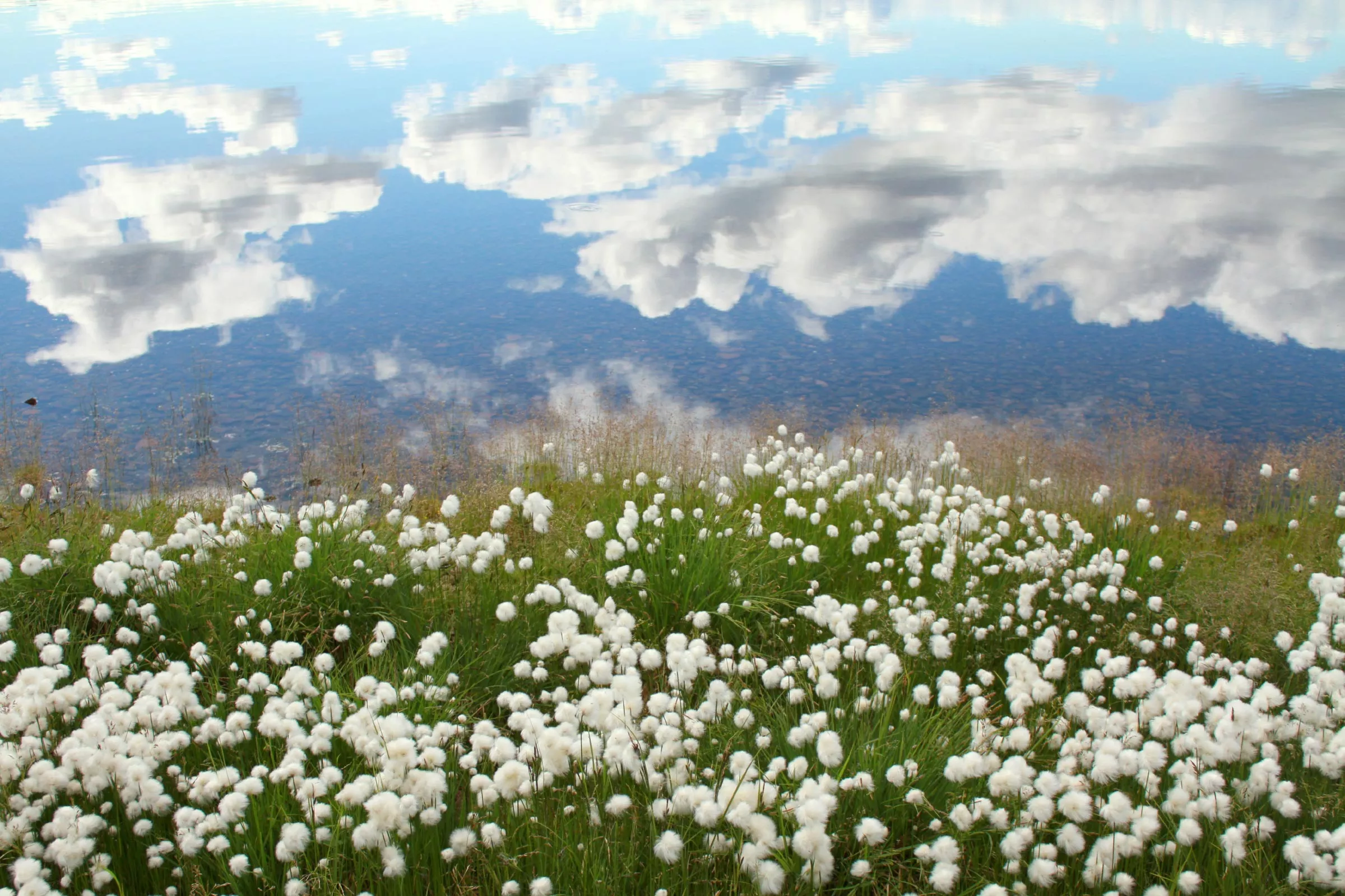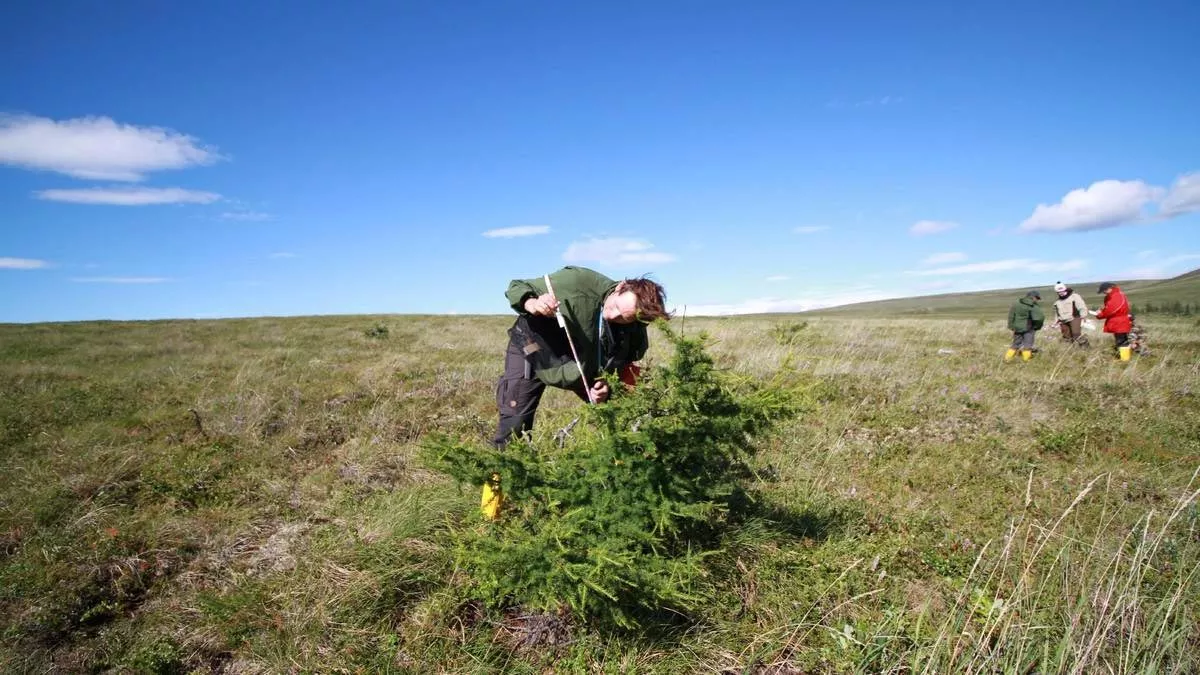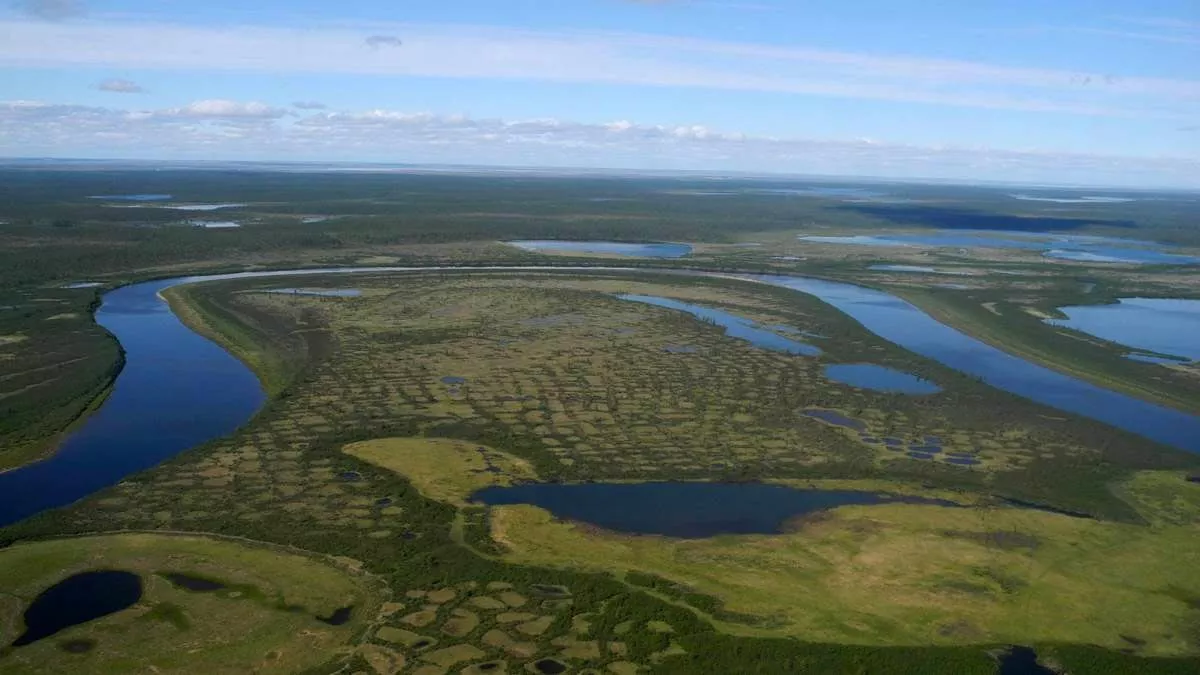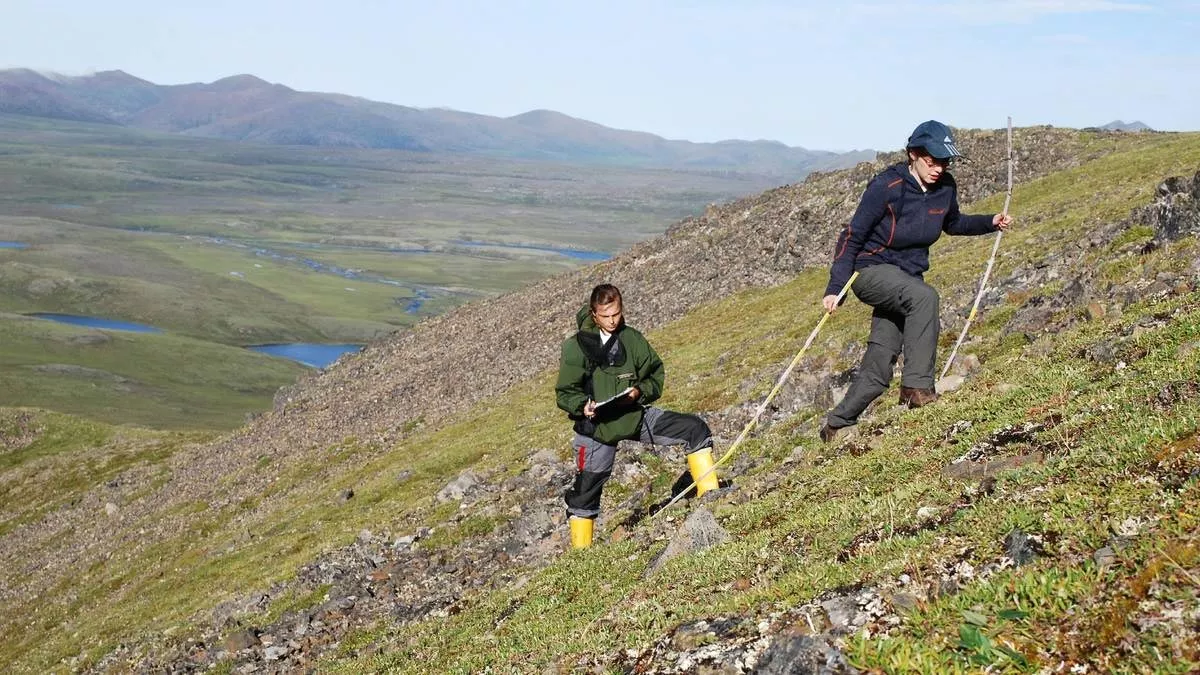The impact of the climate crisis on the Arctic is particularly serious: in high latitudes, the average temperature has risen by more than 2 degrees Celsius in the past 50 years, far more than in other places, and this trend will only continue If ambitious greenhouse gas emission reduction measures are taken, the further warming of the Arctic may be limited to just under two degrees by the end of this century

According to model-based projections, if emissions are still very high, we can see a sharp rise in the average temperature in the Arctic in summer - 14 degrees Celsius higher than today's standard by 2100.
Professor Ulrike herzschuh, director of the polar Environmental Systems Department of the Alfred Wegener Institute of the Helmholtz polar and marine research center, said: "For the Arctic Ocean and sea ice, the current and future warming will have serious consequences. However, the land environment will also undergo great changes. The vast tundra in Siberia and North America will be greatly reduced, because the tree lines that are already slowly changing will rapidly move northward in the near future. In the worst case, there will be almost no tundra by the middle of the millennium. In our research process, we simulated the northeast of Russia This process of tundra. Our core concern is: in order to protect the tundra as a shelter for animals and plants, its role in aboriginal culture and their traditional connection with the environment, which emission path must mankind follow? "

The tundra is home to a unique plant community, in which about 5% of the plants are endemic, that is, they can only be found in the Arctic. Typical species include camellia, Arctic poppy and creeping shrubs such as willow and birch, all of which are adapted to the harsh local conditions: short summer and long and hard winter. In addition, it also provides a home for rare species such as reindeer and lemmings and insects such as Arctic bumblebee.

For simulation, Ulrike herzschuh and Dr. Stefan Kruse, AWI modeler, adopted the AWI vegetation model lavesi. "Lavesi is unique in that it allows us to display the entire tree line at the level of a single tree," Kruse explained. "The model depicts the entire life cycle of Taxus sibirica in the transition zone to the tundra - from seed production and distribution to germination and then to full growth. In this way, we can realistically depict the advancement of tree lines during climate warming."

The results are self-evident: Larch Forest may spread northward at a speed of 30 kilometers every decade. Due to the adjacent Arctic Ocean, the vast tundra that cannot be transferred to cold areas will be reduced day by day. Since the trees are not mobile, the seeds of each tree can only reach a limited distribution radius. At first, the vegetation will obviously lag behind the warming, but then catch up with the warming. In most cases, by the middle of the millennium, today's Tundra will be less than 6%; Only with the help of ambitious greenhouse gas emission reduction measures can it be possible to save about 30% of the tundra. Otherwise, Siberia's once 4000 km long complete tundra will be reduced to two pieces, 2500 km apart, located in the Tamil Peninsula in the West and Chukchi Peninsula in the East. Interestingly, even if the atmosphere cools again in this millennium, the forest will not completely release the former tundra.

EVA klebelsberg, project manager of WWF Germany protected areas and climate change / Russian Arctic region, said about the study: "At this point, for the Siberian tundra, this is a matter of life and death. Only under the very ambitious climate protection goals can we save a larger region. Even so, in the best case, there will eventually be two discontinuous shelters with small animal and plant populations, which are very vulnerable to destructive effects. That is why we must strengthen and expand the protection measures and conservation measures in these areas The sanctuary is designed to preserve a refuge for the unparalleled biodiversity of the tundra, "klebelsberg added." after all, one thing is clear: if we continue to work as usual, the ecosystem will gradually disappear. " He worked with the Alfred Wegener Institute and was an advocate for the establishment of protected areas.
